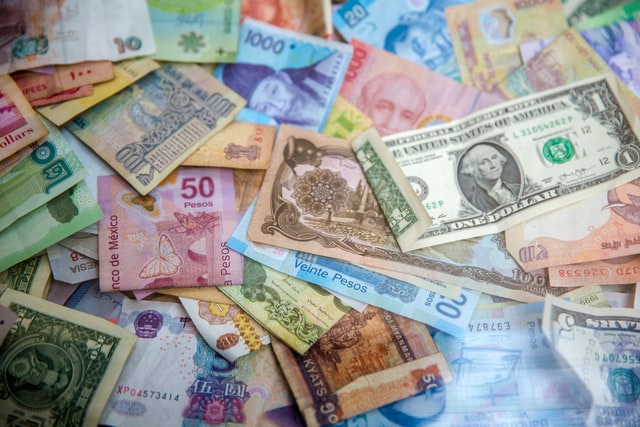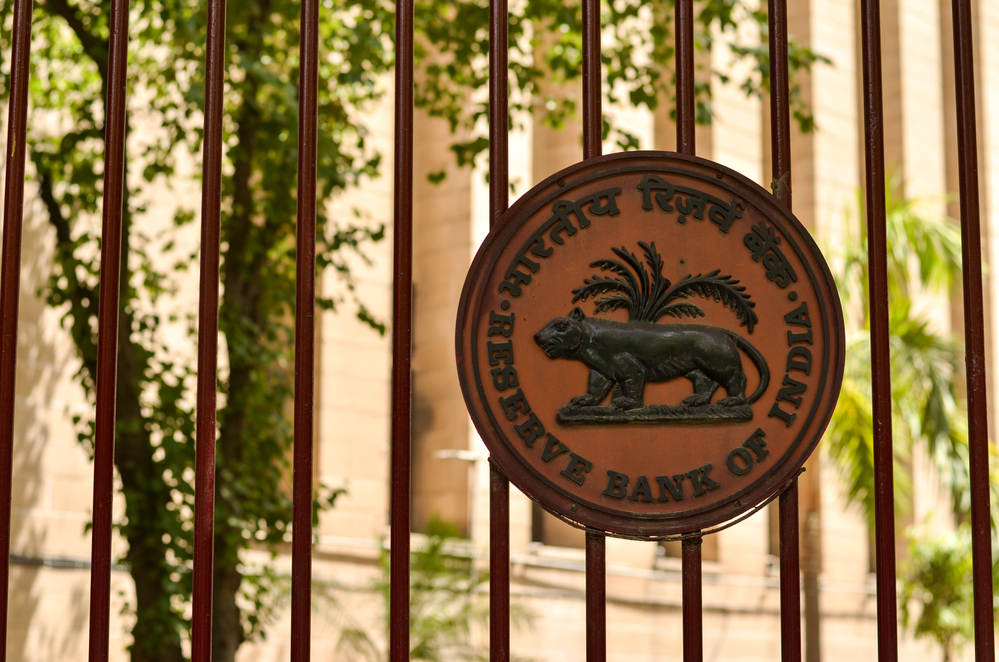A Look Inside the Dynamics of Forex Market
Foreign currency trading takes place through various platforms, involving banks, exchanges and the RBI

Foreign Currency Exchange (Forex or FX) is the marketplace where one can buy/sell/exchange one currency against another. The market participants are investment management firms, central banks, commercial banks, exporters, importers, brokers, traders, hedge funds, individuals, tourists, exchanges and money changers. The market is open for 24 hours from Monday to Friday. In India, the market hours are usually 9am to 5pm, but outside India, a Non-Deliverable Forward (NDF) Market works round the clock for six days a week.
The OTC market now starts at 10am and shuts down at 3.30pm due to the pandemic-induced restrictions. There are two platforms: the Futures market (which is not deliverable) and the OTC (Over the Counter). The futures market is run by various exchanges like BSE, NSE, MCX etc, while the banks mainly drive the OTC market.
The RBI intervenes in both the markets to control excessive volatility and accumulation of foreign exchange. Inflows and outflows determine the direction of the market, while on the longer-term basis, the actions of the central bank, interest rates, economic performance, policies pursued by the central government, policies pursued by other important central banks such as Fed, BoE and ECB, political situation in the country, direction of the dollar index, important economic data from the US, UK and the Euro zone, value of oil and commodities and important events taking place in the world like a Fed meeting or elections in the US or OPEC meet or a G-20 meeting determine the direction of the currencies.
Talking about the Indian currency, it has always weakened on a long-term basis, for example, from 1991 to 2021, the rupee has moved from about Rs 30 to Rs 75 for a dollar. We are a trade-deficit country and the gap between exports and imports has been about $150 billion, though we also receive inflows as FDI, FPI, NRI investments and services exports. Apart from this, the RBI also accumulates dollars to increase foreign exchange reserves and corporates borrow foreign currency from abroad at cheaper rates, which has to be repaid.
The government also wants to support the exporters to increase our exports in the world markets – weaker the currency greater is the realisation for exporters. Also, our interest rates are much higher than in the developed world, mainly due to higher inflation. However, this is also one reason, why it attracts foreign currency (to encash the attractive interest rate differential). The direction of the currency is always dependent on the policies adopted by the central bank, though it always tends to say that it intervenes only to keep control on the volatility. The average rate of the dollar accumulation of the central bank recently has been between Rs 55 and Rs 57, while now it can sell it at Rs 73-75 per dollar.
So, the RBI becomes the single significant factor for the movement and the direction of the currency in India. Recently the RBI gave a dividend of Rs 99,120 crore to the central government, the primary constituent of which was the earnings from the forex market.
Currency trading is a lucrative investment but comes with lots of risks and should be done with the help of a professional and also with a strict stop loss — the market trades in different modes like futures, options and forwards. Futures and Options are mainly traded on the exchanges, while Options and Forwards are traded in the OTC market with banks. Currency derivatives (Futures and Options) are contracts between a buyer and a seller to exchange two currencies at a specific date at a pre-determined currency rate. The four currencies that are dealt in the currency derivatives are the dollar, the euro, the pound and the yen.
The same is also true for a forward, but a forward is a negotiated rate with a bank (OTC), and most major and minor currencies are dealt with here.
The author is Head of Treasury, Finrex Treasury Advisors









